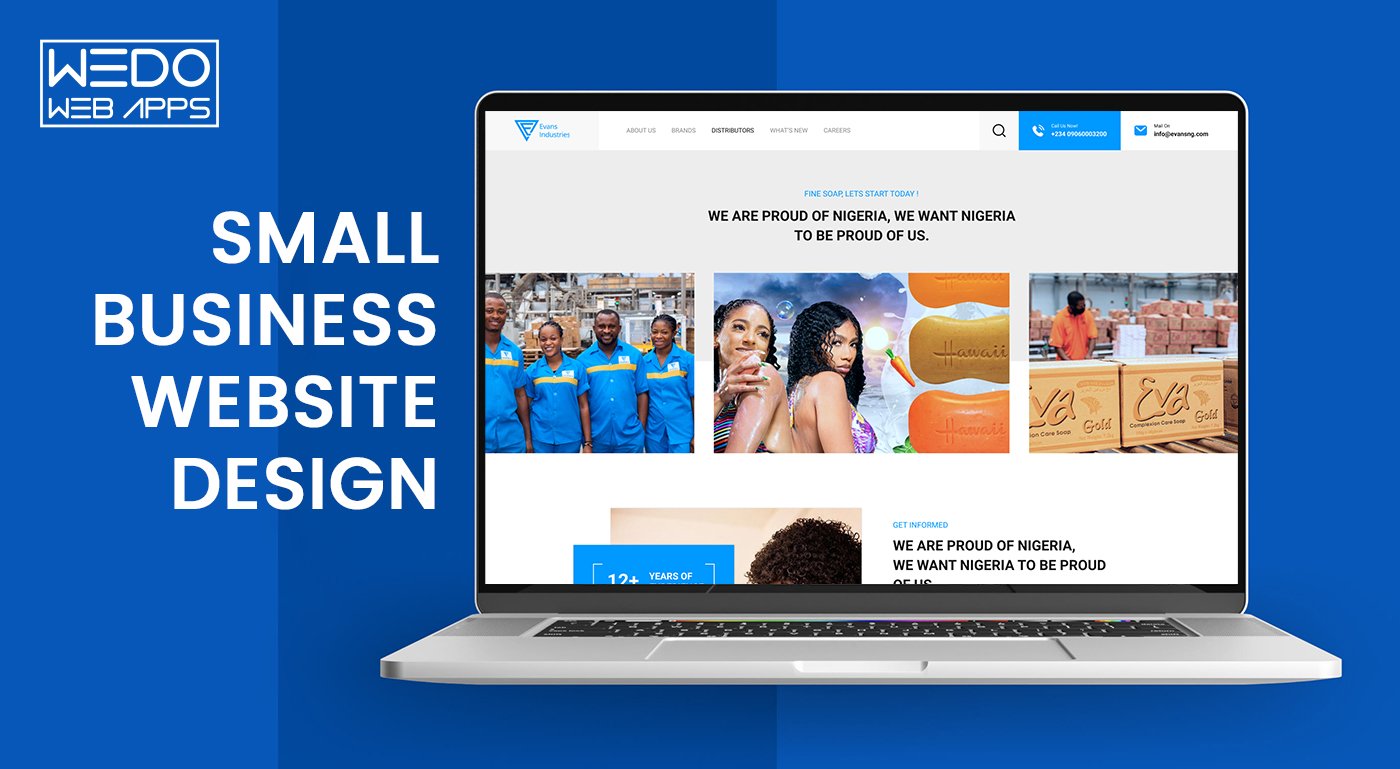Integrating SEO Finest Practices Into Your Web Site Style for Improved Exposure
In today's digital landscape, including Search engine optimization best methods into your site design is no much longer optional yet a requirement for attaining improved exposure and customer engagement. Recognizing this connection could be the secret to opening your web site's complete potential.
Keyword Optimization Methods
Grasping keyword optimization is an essential facet of reliable website design for SEO. It involves tactically integrating search phrases that potential visitors might use to find your content, thereby enhancing online search engine rankings and driving targeted traffic. The process begins with comprehensive keyword research to identify relevant terms that align with user intent and sector fads. Making use of devices like Google Key phrase Coordinator or SEMrush can help in finding high-volume, low-competition keyword phrases that use considerable chances for exposure.
Once identified, these keywords need to be flawlessly integrated into various on-page elements. This consists of meta titles, summaries, headers, and throughout the body web content, making sure the combination feels all-natural instead than required. Additionally, optimizing picture alt texts and URLs with keywords can further boost internet search engine indexing. It is vital, nevertheless, to avoid keyword stuffing, which can bring about charges from search engines and an inadequate user experience.
Another vital facet is making use of long-tail search phrases, which are much more certain and much less competitive, usually resulting in greater conversion prices. By concentrating on these specific niche expressions, websites can draw in a lot more professional traffic. Basically, reliable keyword optimization needs a balanced method, focusing on user intent and internet search engine guidelines.
Enhancing Mobile Responsiveness
With an increasing number of customers accessing internet sites using mobile gadgets, guaranteeing that your site adapts seamlessly throughout different screen sizes is vital. Mobile responsiveness not only improves customer experience however also significantly influences search engine positions.
To achieve optimum mobile responsiveness, think about executing a receptive website design (RWD) strategy. This strategy involves making use of versatile grids, layouts, and photos, making sure that content instantly gets used to various display dimensions. In addition, using CSS media inquiries can help customize styles for various devices, boosting the overall aesthetic presentation.
Another critical facet is streamlining navigating for mobile individuals. Touch-friendly aspects and structured menus make it less complicated for users to interact with the website, minimizing bounce rates and increasing involvement. Prioritizing material by presenting the most relevant information plainly assists users in rapidly accessing what they look for.
Accelerating Load Times

To optimize tons times, take into consideration reducing HTTP requests by incorporating files such as CSS and JavaScript. Reducing the dimension of pictures without sacrificing quality is one more reliable approach; devices like ImageOptim or TinyPNG can be important for this function. Furthermore, link leveraging web browser caching can substantially improve tons rates by keeping parts of your web site in individuals' web browsers, minimizing the requirement for repeated downloads.
Carrying out a material shipment network (CDN) can likewise enhance performance by distributing your site's content across numerous areas around the world, ensuring faster access for users no matter their geographical location. Lessening the use of redirects and enabling compression with tools like Gzip can further streamline your website's performance. By focusing on tons times, companies can enhance customer experience, enhance search rankings, and ultimately drive better interaction.
Designing Intuitive Navigating

A clear, hierarchical framework enables users to recognize the site's format instantaneously. Executing breadcrumb routes can even more assist in navigation, supplying individuals an aesthetic path of their trip within the site.
Additionally, integrating a search bar gives a straight path for individuals to find details web content quickly. By prioritizing easy to use navigation, web sites can boost involvement, lower bounce rates, and improve overall SEO performance.
Using Structured Data Markup
Organized information markup is an important tool for enhancing a site's SEO by offering internet search engine with thorough details concerning the website's web content. By executing structured data, webmasters can help internet search engine comprehend the context of the material, causing even more precise indexing and potentially improved visibility in search results. This markup, generally in the form of JSON-LD, Microdata, or RDFa, allows the development of rich bits, which can include additional details such as testimonials, rankings, occasions, and a lot more.
Incorporating structured information into your web site design is crucial for attaining an affordable side in online search engine results pages (SERPs) Internet search engine like Google use organized information to existing search results in even more appealing formats, such as expertise panels, carousels, and boosted listings. This not just attracts even more clicks however also boosts the general user experience by providing a lot more appropriate info upfront.
In addition, structured data is an essential component in voice search optimization, as voice assistants count on exact information to deliver exact reactions. Applying structured data markup need to be a see post priority from the layout stage to guarantee smooth integration and maximize its advantages. Sticking to schema.org guidelines is suggested to keep consistency and compatibility across systems.
Verdict
Incorporating search engine optimization ideal practices into web site layout considerably boosts visibility and user interaction. By purposefully optimizing key phrases, ensuring mobile responsiveness, improving tons times, creating instinctive navigation, and using structured data markup, Your Domain Name web sites can attain greater online search engine positions and boosted customer experiences. These elements align with user intent, decrease bounce rates, and boost conversions, positioning sites for continual on the internet success. Focusing on these methods is crucial for keeping competitive advantages in the digital landscape.

While maximizing lots times is crucial for improving user experience and search positions, making user-friendly navigation is equally vital in making sure individuals can easily accessibility and engage with site content - Website Design. By purposefully enhancing keyword phrases, guaranteeing mobile responsiveness, boosting tons times, developing instinctive navigation, and utilizing organized data markup, internet sites can accomplish greater search engine positions and improved customer experiences